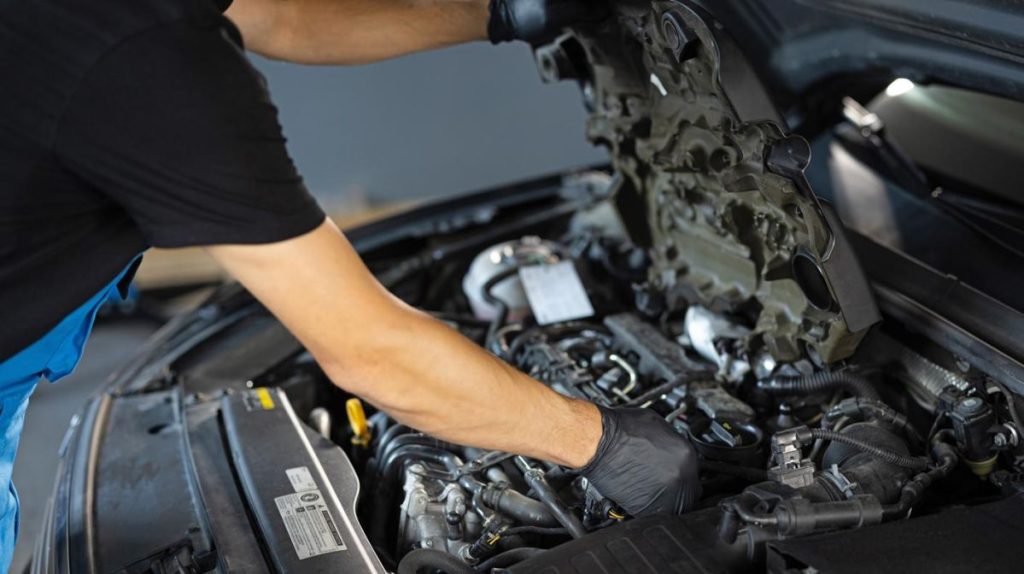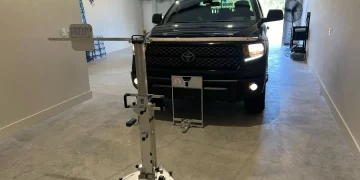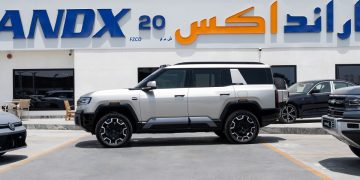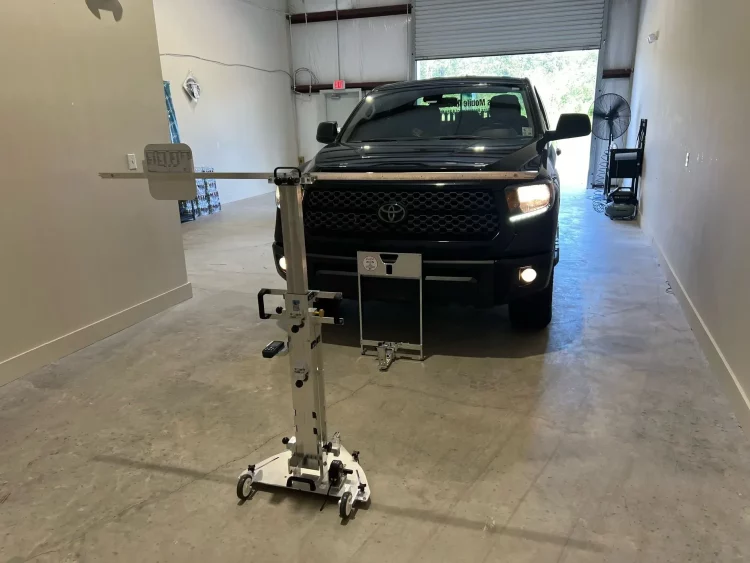Understanding the Impact of ADAS on Car Insurance Claims
In 2025, the automotive industry continues to see rapid integration of Advanced Driver Assistance Systems (ADAS) in new vehicles. Features such as adaptive cruise control, lane-keeping assist, automatic emergency braking, blind-spot detection, and even semi-autonomous driving modes have become standard or optional on many models across price ranges. While these systems aim to enhance safety and reduce accidents, their increasing presence is creating unexpected challenges for the insurance industry.
Insurance premiums, which reflect the risk and expected cost of claims, have shown upward trends in many markets. One significant driver behind this is the escalating cost to repair or replace ADAS components after collisions. Unlike traditional vehicles with simpler mechanical and body parts, modern cars packed with sensors, radar modules, cameras, and sophisticated software incur higher repair expenses. This development is reshaping the risk landscape and prompting consumers to rethink the financial implications of “high-tech” vehicles.
Why ADAS Repair Costs Inflate Insurance Claims
At the heart of rising insurance premiums linked to ADAS are the complex and costly repairs needed to restore these systems to full functionality after even minor collisions. Traditional repairs might involve replacing a damaged bumper, fender, or headlight, but with ADAS-equipped cars, repair shops face several new technical demands.
Firstly, many ADAS components—such as radar sensors embedded behind bumpers, stereo cameras mounted near rearview mirrors, and ultrasonic sensors—are highly sensitive and expensive to replace. Unlike regular parts, these sensors require precise calibration after installation to ensure accurate detection and system performance. Calibration often needs specialized diagnostic equipment and trained technicians, adding labor costs.
Secondly, a seemingly minor impact on a bumper or windshield might trigger the replacement of multiple ADAS elements, inflating parts and labor costs. For example, damage to a front bumper can affect radar sensors or cameras critical to adaptive cruise control and collision avoidance systems. Repairing these components can cost several thousand dollars, far exceeding the price of a bumper repair alone on a non-ADAS vehicle.
Thirdly, not all repair shops are equipped or certified to handle ADAS calibration. This limits the pool of qualified repairers, sometimes leading insurers to pay premiums for dealerships or specialized body shops, which tend to charge more.
As a result, insurance companies are absorbing significantly higher claim costs for vehicles with ADAS features. To compensate, insurers adjust their risk models, and premium increases follow—particularly for vehicles with extensive ADAS packages.
Pressure on Entry-Level Vehicle Profit Margins
While premium vehicles with advanced safety suites have long influenced insurance costs, the trend now increasingly affects entry-level and mainstream models. ADAS technology, once exclusive to luxury brands, is becoming standard even on budget cars. Manufacturers incorporate automatic emergency braking, lane departure warnings, and rear cross-traffic alerts to comply with evolving safety regulations and consumer demand.
This democratization of ADAS pushes repair costs higher across all market segments. However, the profit margins on entry-level cars are traditionally slimmer than on premium models. When repair costs for ADAS components increase, the economics of selling budget cars become more challenging for manufacturers, dealers, and insurers.
Repair cost inflation compresses margins as insurance payouts rise and repair expenses strain warranty reserves. Furthermore, some insurers may classify certain budget models with ADAS as higher risk due to the expensive repairs they require, leading to disproportionate premium hikes relative to the vehicle’s original cost.
For consumers, this means that owning a technically advanced entry-level car may come with unexpected financial burdens—higher insurance premiums, more expensive repairs, and longer claims processes. It raises the question: does the added safety and convenience justify the elevated cost?

Consumer Reflection on the “High-Tech = High Cost” Equation
The surge in ADAS-related repair costs and insurance premiums is prompting consumers to rethink the common perception that advanced technology automatically means safer and more affordable ownership. While ADAS undeniably reduces accident severity and improves driving safety, the hidden costs of maintaining these systems after damage are less well understood.
Many car buyers assume that driver assistance features will lower insurance costs by preventing accidents. However, the opposite is increasingly evident: when accidents do happen, repairs are pricier, driving up claims and premiums. This paradox confuses consumers and challenges the industry’s messaging around the benefits of ADAS.
Moreover, consumers face practical dilemmas when choosing vehicles. Should they prioritize models with the latest safety technology if it means paying more for insurance and repairs? Or should they opt for simpler, potentially less safe cars with lower ongoing costs?
Some drivers may even avoid ADAS-equipped vehicles altogether due to these financial implications, slowing broader adoption of safety technology that could reduce severe accidents and save lives in the long term.
Insurance Industry’s Adaptation and Consumer Choices
Insurance companies are aware of the evolving risk profile caused by ADAS repair costs. Some have responded by introducing usage-based insurance (UBI) policies that factor in actual driver behavior rather than just vehicle features, rewarding cautious drivers with lower premiums regardless of the technology onboard.
Others are working closely with repair networks to develop efficient calibration workflows and negotiate parts pricing to reduce repair expenses. Increased investment in ADAS training for technicians aims to expand repair options and drive down labor costs.
Additionally, insurers are enhancing claims processes by leveraging telematics and AI-powered damage assessments, expediting repairs and minimizing overhead. Some also offer extended warranties or protection plans specifically targeting ADAS components, helping consumers manage unexpected expenses.
For consumers, the key is informed decision-making. Understanding the trade-offs between safety technology benefits and ownership costs can guide smarter vehicle purchases and insurance choices. Shopping around for insurance policies that consider ADAS impacts fairly, and discussing repair options upfront with dealers or mechanics, can help manage costs.
The Bigger Picture: Balancing Innovation and Affordability
ADAS represents a critical step toward safer roads and semi-autonomous driving. However, the current landscape reveals the complexity of integrating cutting-edge technology into mass-market vehicles without triggering prohibitive cost escalations.
Automakers, insurers, and repair industries must collaborate to streamline ADAS repair processes, improve component durability, and expand affordable calibration infrastructure. Advances in sensor design that reduce fragility or modularize parts for easier replacement could help alleviate cost pressures.
Regulators and consumer advocacy groups also have roles in fostering transparency around insurance premium drivers and repair expenses linked to safety technology. Clear labeling of ADAS features and their maintenance requirements can empower buyers to make better-informed decisions.
The challenge lies in balancing innovation with accessibility—ensuring advanced safety systems protect more drivers without creating financial barriers or pricing out certain market segments. Until this balance is achieved, insurance premiums linked to ADAS repair costs will remain a hot topic for consumers and industry stakeholders alike.
Conclusion: Navigating the Cost of Safety in a High-Tech Era
As of 2025, the rising insurance premiums partly driven by ADAS repair costs reflect the growing pains of automotive technological advancement. The sophisticated sensors and systems that help prevent crashes come with intricate, costly repair needs that ripple through insurance models and consumer expenses.
This evolving dynamic forces a reexamination of assumptions around “high-tech equals low risk.” While ADAS undoubtedly enhances driving safety, it also introduces new financial considerations for owners and insurers. The industry must innovate not only in vehicle technology but also in repair, insurance underwriting, and consumer education to ensure that safety gains do not come at an unsustainable cost.
Ultimately, the future of vehicle safety and insurance depends on how well stakeholders manage these tensions—balancing cutting-edge technology’s promise with practical affordability to benefit drivers everywhere.


































Discussion about this post